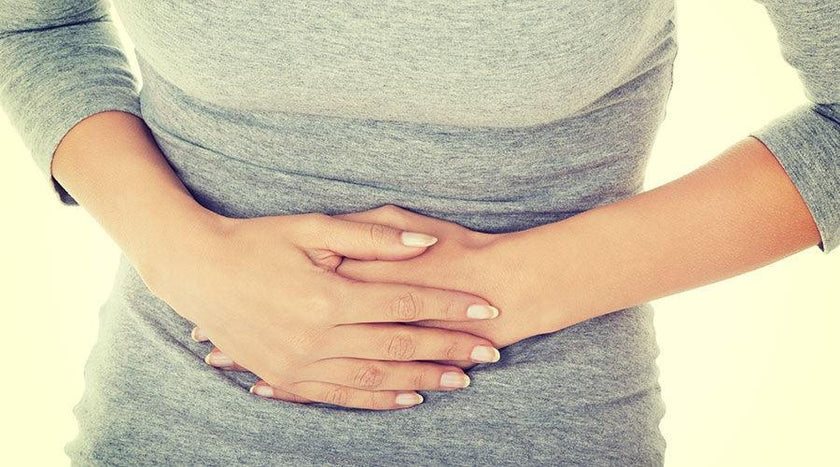Summary
Do you have ovarian cysts? If so, you’re not alone. In this article, we will discuss the different types of ovarian cysts and natural ways of treating them.
What Are Ovarian Cysts?
An ovarian cyst is a cyst or fluid filled sac on the surface of an ovary. In many instances, a person won’t know they have an ovarian cyst because they don’t have any symptoms. However, the following symptoms could be signs of a cyst:
- Bloating
- Swelling
- Pressure in pelvic area
- Heavier menstrual cycles
- Pain (dull or sharp) in the lower abdomen on the side of the cyst
Note: Seek immediate medical attention if there is severe pain in the abdomen and pelvic area, or you’re experiencing a combination of pain with vomiting and/or a fever.
Types of Ovarian Cysts
In the United States alone, over 3 million cases are diagnosed annually. The two most common types of ovarian cysts are Corpus luteum cysts and follicular cysts:
- Corpus luteum cysts: Cyst that forms on the corpus luteum.
- Follicular cyst: Forms in a follicle where eggs develop during ovulation.
The majority of ovarian cysts are noncancerous and tend to go away after a few months, but a doctor should be advised of any persistent feelings of pain, fever or discomfort.
Treating Ovarian Cysts Naturally
Treating ovarian cysts focuses on managing the pain or discomfort they may cause. While over-the-counter pain relievers are often the first choice, there are many other options available. Here are the top ways to treat ovarian cysts naturally:
Manage stress. Over time, stress can weaken the immune system, which could increase a person’s susceptibility to illness or disease. Managing stress levels could also help decrease feelings of pain or its intensity. Popular stress relievers include exercise, mediation and deep breathing.
Exercise. In addition to helping relieve stress, exercise itself may help with ovarian cysts. Some women prefer yoga and stretching, while others opt to run or perform other exercises to ease the pain. The exercise chosen comes down to personal preference.
Shed excess pounds. Losing weight could improve the regulation of hormones. This may help decrease the development of ovarian cysts in the future.
Dietary changes. Many women who have been diagnosed with polycystic ovary syndrome (PCOS) are also insulin resistant. Dietary changes could not only assist with weight loss, but alleviate insulin resistance as well. Studies are ongoing, but this might help decrease the formation of new ovarian cysts.





